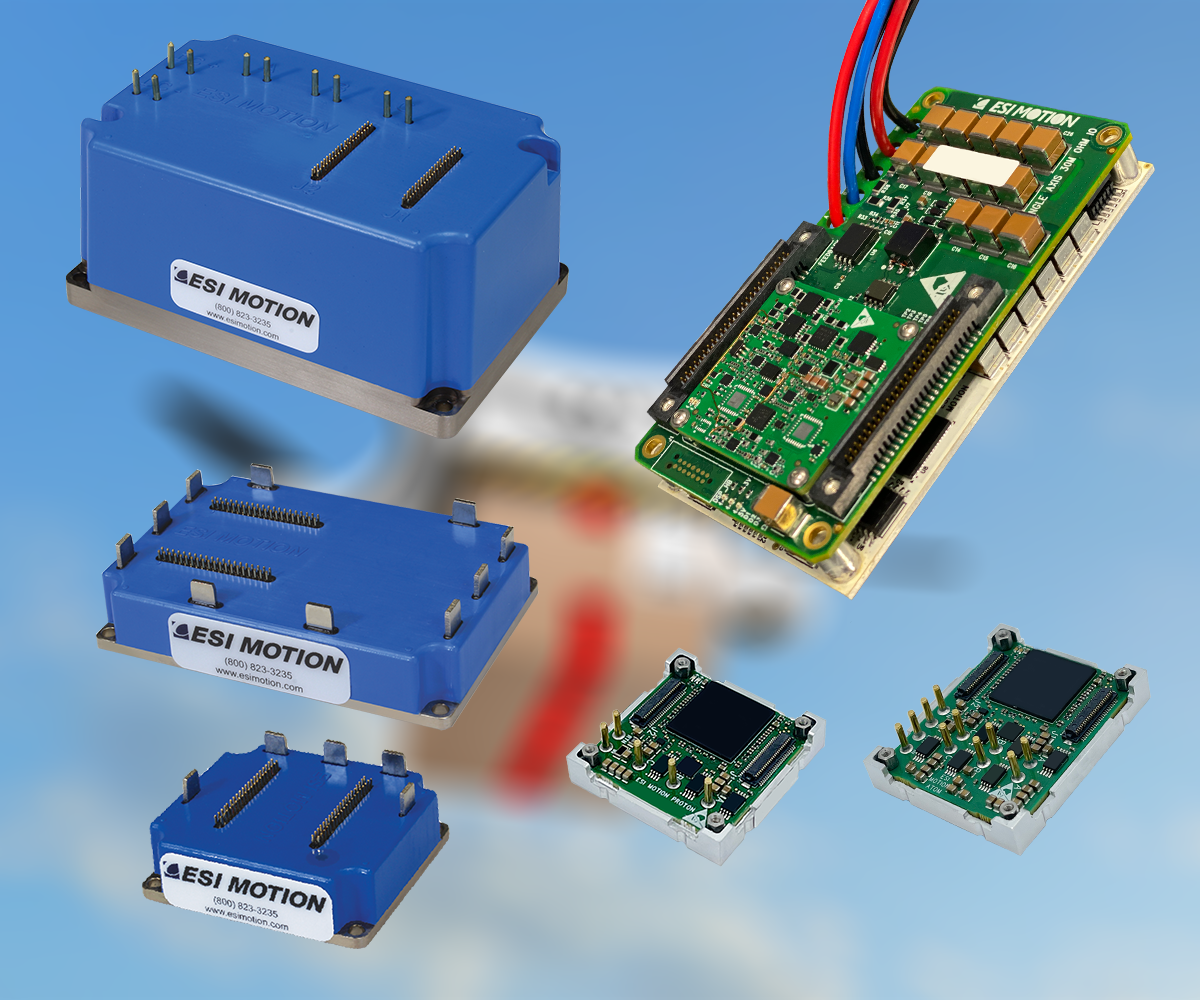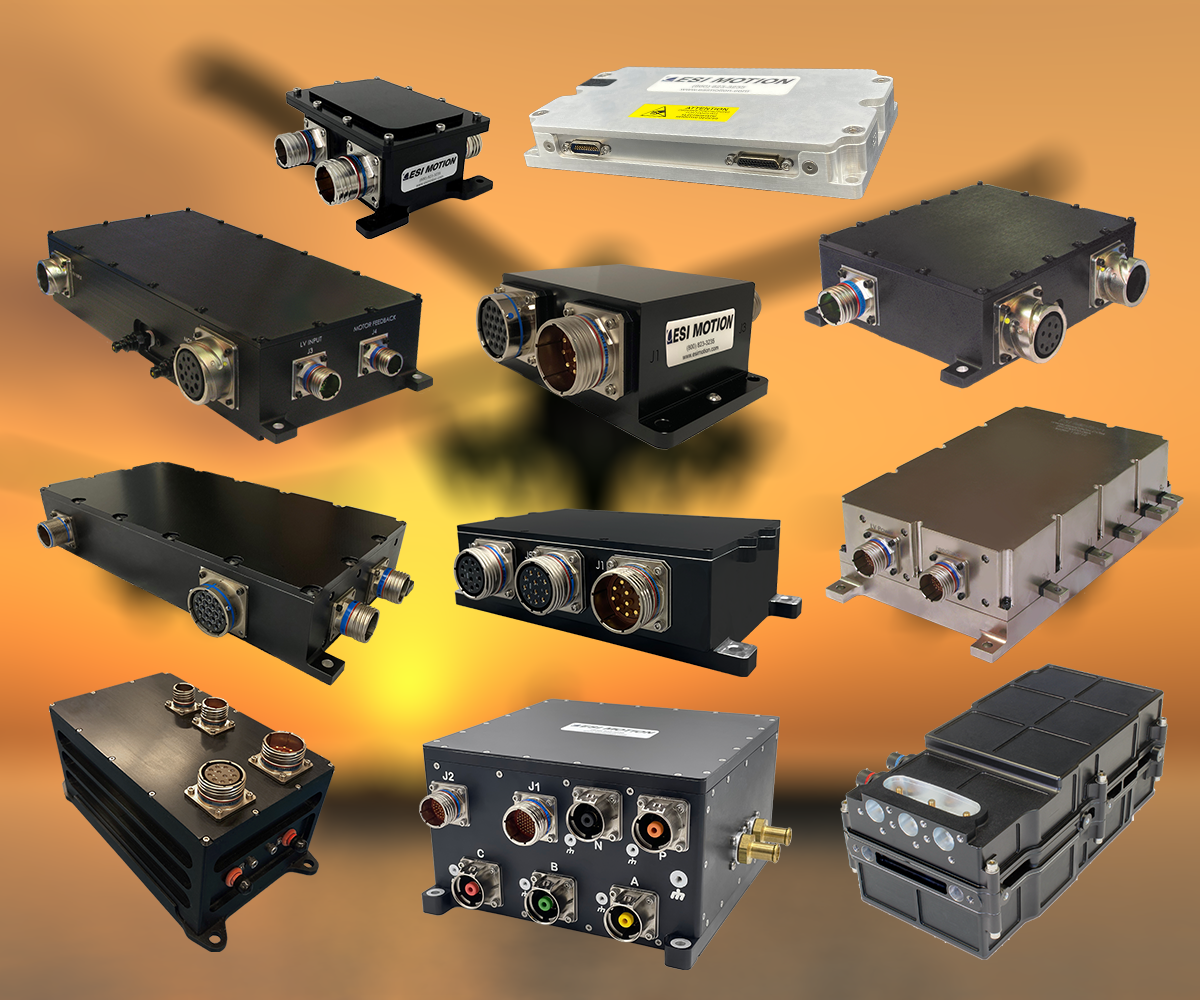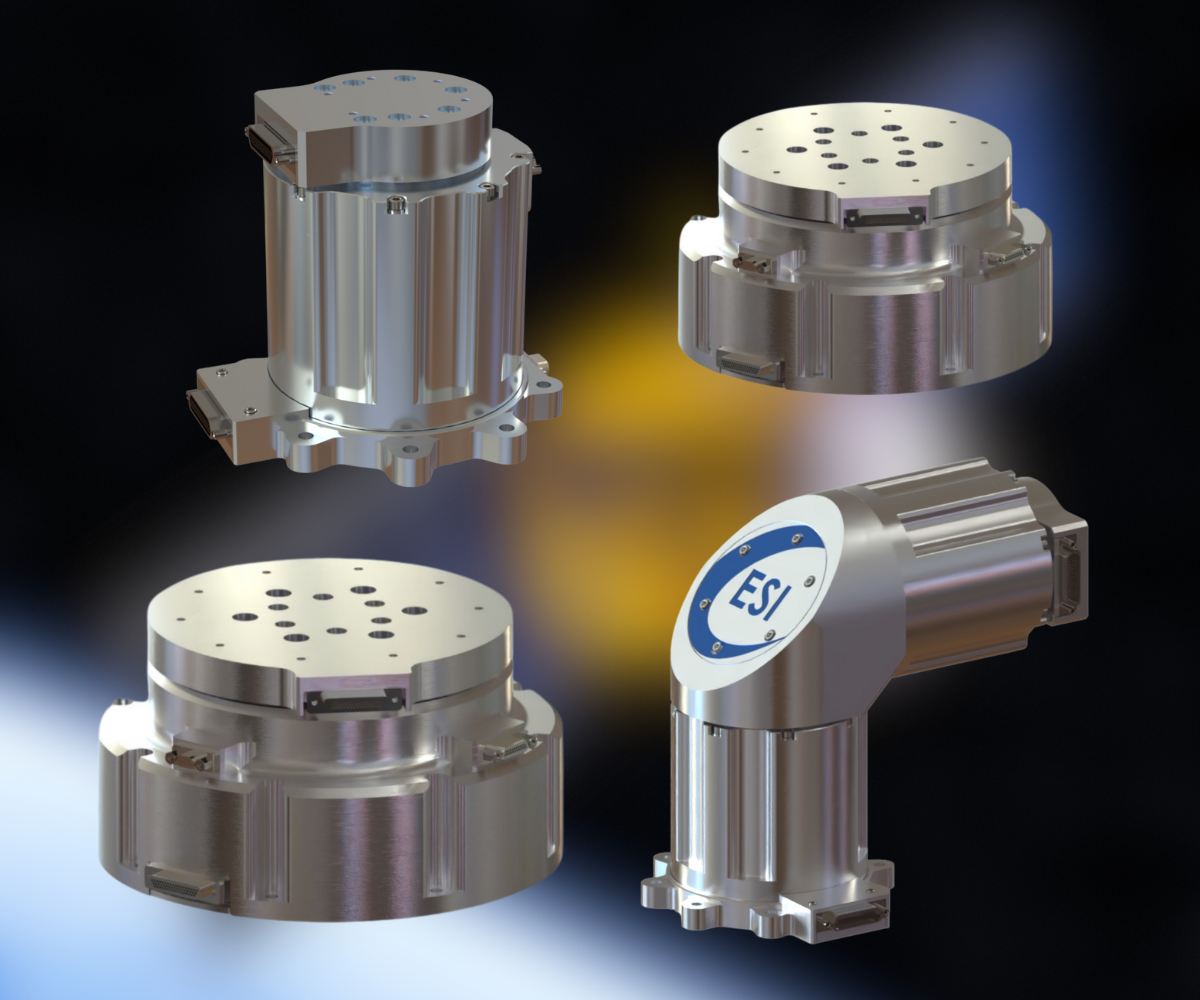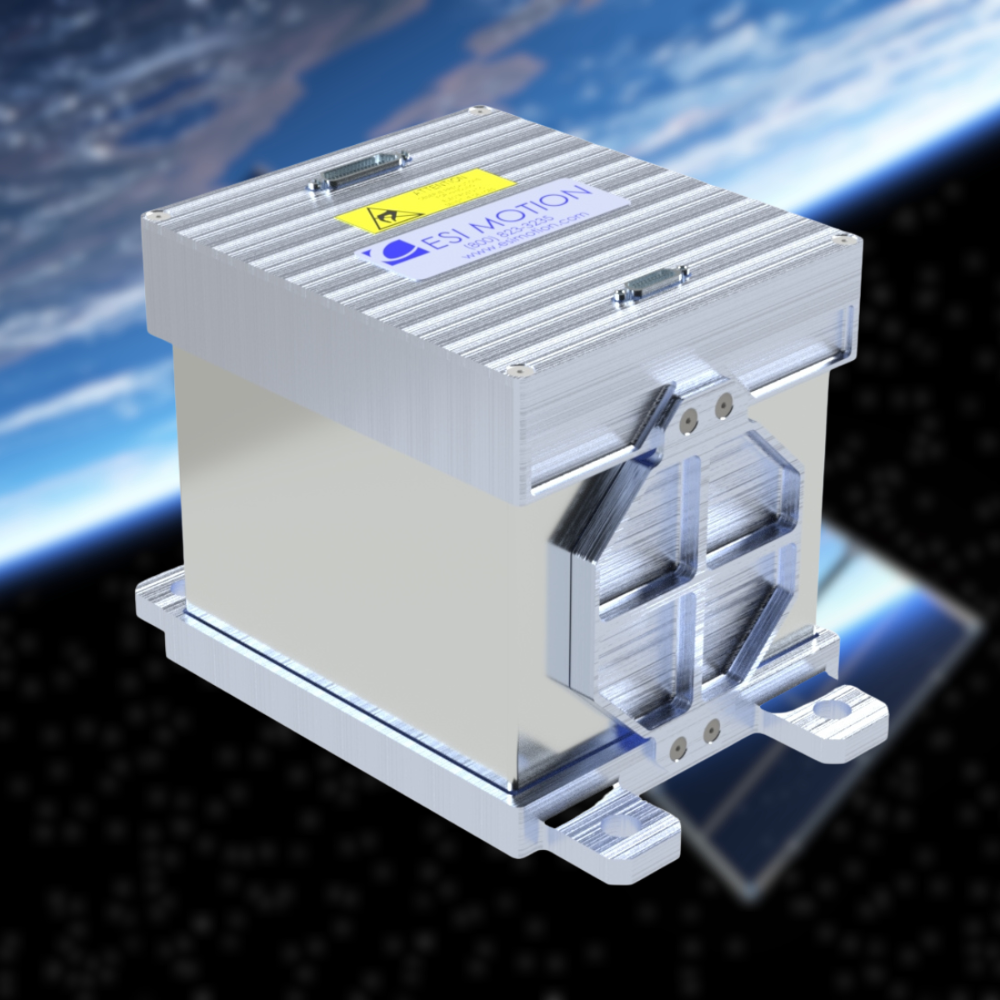Shining New Light On Solar Panel Array Design
Photovoltaic solar energy systems have many important benefits to homeowners, property owners, and city planners all over the world. While the basic science behind solar power systems has been used for many decades, advancements in materials engineering and other important fields have resulted in a new surge of interest in solar power. Questions about the future of renewable energy production have also inspired people to take a fresh look at this important energy resource. Even though the basic principles of solar power generation remain the same, there are some important features that make the systems of today even more sophisticated and powerful than ones designed just a few years ago.
Adapting Solar Systems To Changing Environments
Although the sun shines constantly, there are two important factors that can impact just how much photovoltaic energy is captured by solar panels. These are:
- Changing character of sunlight throughout the day and year
- The disruption of panel position due to high winds or other environmental factors
Older solar power systems featured panels that were fixed in place to brackets or stands. These stands were angled in the direction most optimal for energy collection based on the home’s location. This configuration worked fine in locations that enjoyed strong, direct sunlight virtually every day of the year, but most places on earth experience varying degrees of direct sunlight. A more adaptable configuration was required.
Precise Panel Adjustments With Servo Drives
Today, some of the most technically advanced solar arrays feature brackets and stands that can be adjusted to compensate for the daily and seasonal movement of the sun. This allows arrays to operate at maximum efficiency for a much greater part of the year. Movement is made possible by specialized servo drive systems, which are capable of highly precise motion control. Many movable arrays are programmed with the help of advanced computers, which are ideally suited for the precision control required to adapt to changing conditions. Energy output is much more dependable thanks to these servos helping solar power generation.
Some of the sunniest places on Earth are also some of the harshest. Death Valley, for instance, holds considerable promise as a site for solar power generation. It is consistently sunny all year long, but the high temperatures, strong winds, and blowing sand have the potential to interfere with equipment. Developing servos and other components capable of withstanding these and other harsh environments is now possible, and ESI is leading the way in component engineering for applications similar to this.
New Opportunities for Energy Production & Related Fields
This new generation of rugged solar array components will certainly advance the science of energy production. ESI is excited to be a part of this changing landscape, and on the forefront of ruggedized servo systems in use around the world.





